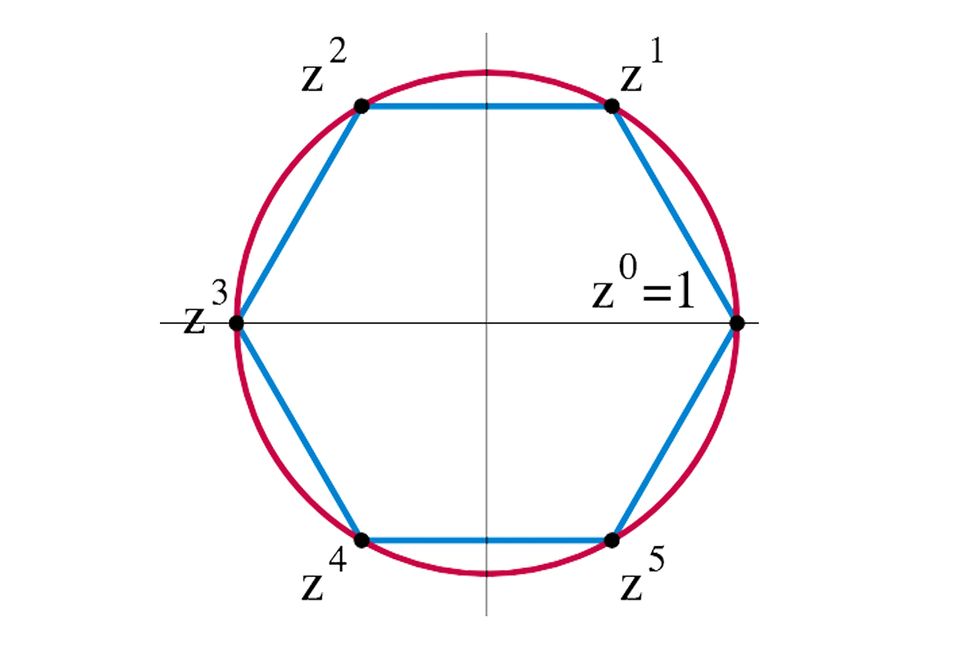From solving Rubik’s Cube to proving a fact about body-swapping on Futurama, abstract algebra has a wide range of applications. Algebraic groups are sets that follow a few basic properties, like having an “identity element,” which works like adding $0$.

Groups can be finite or infinite, and if you want to know what groups of a particular size n look like, it can get very complicated depending on your choice of $n$.
If n is $2$ or $3$, there’s only one way that group can look. When $n$ hits $4$, there are two possibilities. Naturally, mathematicians wanted a comprehensive list of all possible groups for any given size.
The complete list took decades to finish conclusively, because of the difficulties in being sure that it was indeed complete. It’s one thing to describe what infinitely many groups look like, but it’s even harder to be sure the list covers everything. Arguably the greatest mathematical project of the 20th century, the classification of finite simple groups was orchestrated by Harvard mathematician Daniel Gorenstein, who in 1972 laid out the immensely complicated plan.
By 1985, the work was nearly done, but spanned so many pages and publications that it was unthinkable for one person to peer review. Part by part, the many facets of the proof were eventually checked and the completeness of the classification was confirmed.
By the 1990s, the proof was widely accepted. Subsequent efforts were made to streamline the titanic proof to more manageable levels, and that project is still ongoing today.
Πηγή: popularmechanics




























Δεν υπάρχουν σχόλια:
Δημοσίευση σχολίου